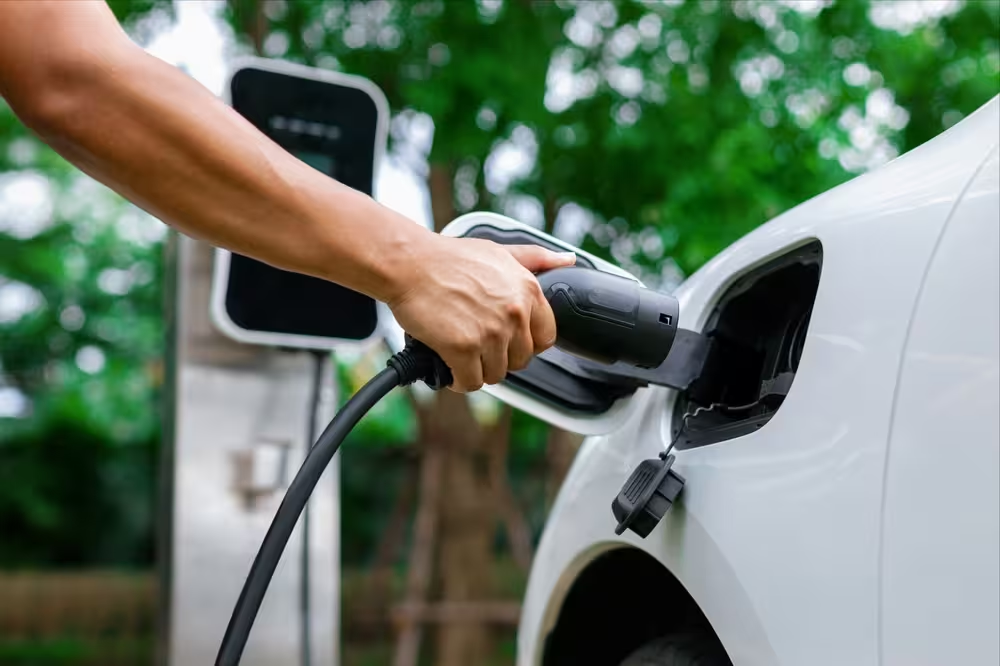Three e-mobility trends 2022
The importance of e-mobility to sustainability and environmental awareness continues to grow. Some of the trends that will be emerging for this year include battery-drive at the cutting edge, image change for batteries, and second life batteries enabled by software analytics.

E-mobility trends: What is driving the mobility of tomorrow?
The goal to cease production of combustion engines by 2030 means that the importance of renewable energies, energy storage systems and e-mobility to sustainability and environmental awareness continues to grow. Where are we right now and what e-mobility trends are emerging for 2022?
1. Battery-electric drive is at the forefront
Research presented at the Mobility of the Future 2021 Congress by Professor Dr. Maximilian Fichtner, chemist and director at the Helmholtz Institute Ulm (HIU), clearly shows how the battery-electric drive continues to hold its own as the most efficient form of propulsion.
In attempts to use hydrogen as a form of propulsion, for example, it was found that most of the energy gets caught in the technology chain and around 80% of its efficiency is lost.
In the case of battery-electric drive, this is a maximum of 30% of the energy used, the distinguishing feature of this form of drive. A reliable forecast is that the battery-electric drive is set to become cheaper, even safer and more sustainable and will thus remain the drive type of the near future.
2. Image change for batteries
At the heart of electric cars and the focus of many discussions, the battery has generated a lot of debate for a long time due to its battery development manufacturing process. However, the negative image of the battery is deceptive: even today, lithium-ion batteries must meet high sustainability standards in manufacturing and recycling, including closed value chains. In addition, the battery passport with binding specifications and standards is to be introduced in 2022, making social, ecological and economic criteria transparent.
But that's not all. A lot is happening in the field of battery research and production. Soon, batteries could be manufactured differently than before, using fewer or even no rare raw materials. There are initial approaches by various manufacturers to produce batteries without lithium, using sodium instead. Above and beyond the advantages of immense cost reductions, sodium contributes to sustainability. Yes, this new manufacturing vision of batteries still needs time to mature, but the foundation for an even brighter future has already been laid.
3. Circular instead of linear use
Breathing a second life into every battery creates a generous extension to its value chain. This is where battery analytics is pioneering, because software can be used to predict and simulate battery behavior and aging process and wear for every type of battery in certain scenarios of use.
This means that even complex battery systems can be designed more efficiently, sustainably and reliably, as the evaluations significantly promote longer-lasting use and reuse. With information on cell chemistry or battery state of health, a "second life" of batteries is enabled and simplified.
My conclusion: A major rethink is required regarding batteries and battery analytics. An increasing focus should be on their second life cycle, as well as their first. To do this, it is essential to look inside the battery. If we embrace all the findings relating to the battery and battery-electric drive, the future will be even greener than previously thought.
Sign up for the next live group demo and learn how TWAICE can transform your BESS operations. In just 30 minutes, you’ll get a demo of key features and use cases, and engage with our product experts for a live Q&A.



.avif)

(1).avif)
